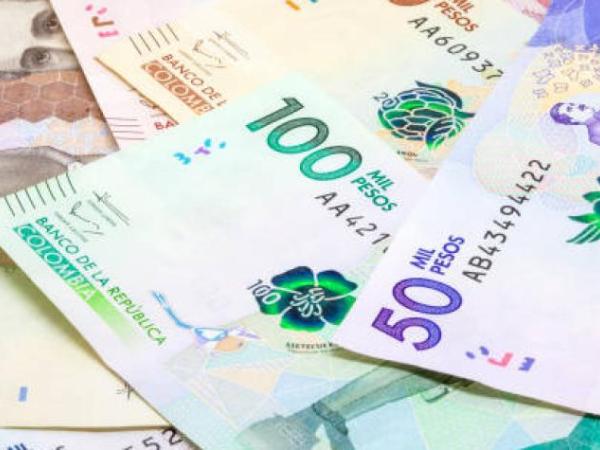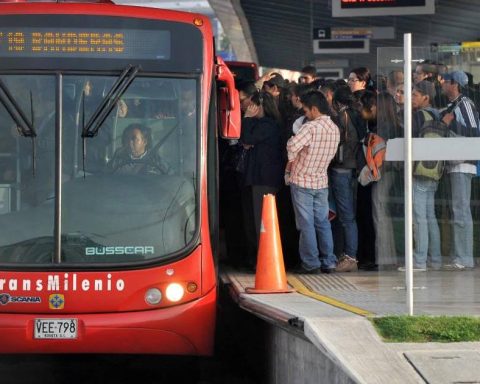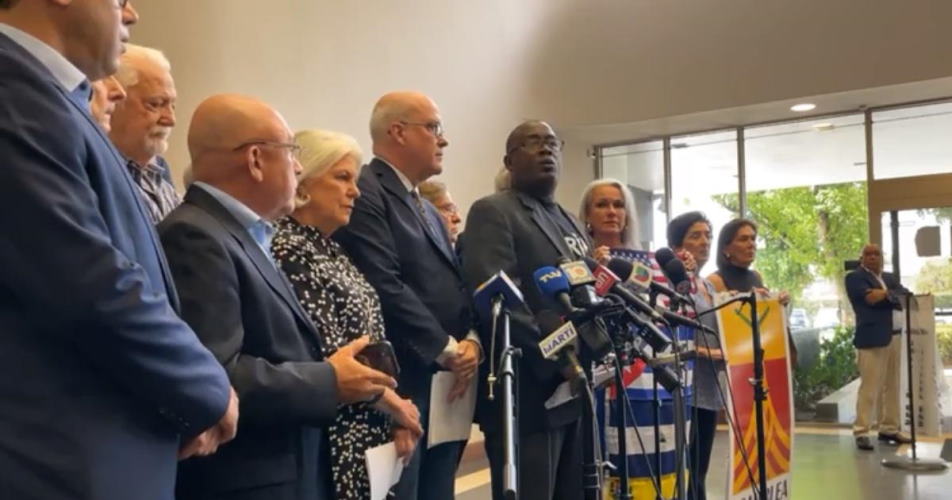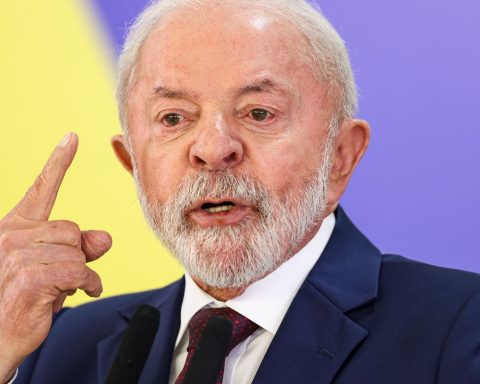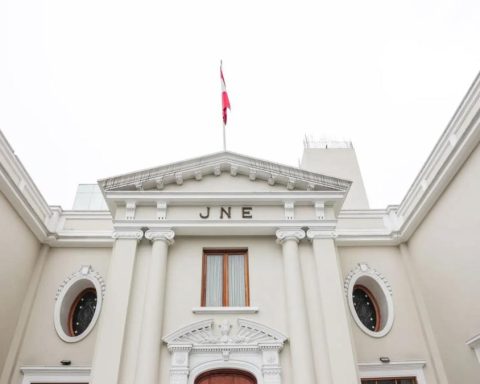Two days before the deadline established by law, the plenary sessions of the Chamber and Senate gave the green light to the approval of the General Budget of the Nation (PGN) for 2023. Thus, for next year the Government will have $405.6 billion to finance the expenses and investments that the country requires.
On Tuesday, the Legislature put to a vote the article, made up of 103 points, and which defines the appropriations for next year. The total amount of the budget represents about 27% of gross domestic product (GDP)and in relation to 2022, it corresponds to an increase of 15.1%.
(Read: ‘It is a victory for the Government’: Ocampo after approval of the Budget).
The approval of the Budget also represents the first victory of the Government in Congress, and especially in the economic commissions. Well, the Treasury not only achieved an addition of $14.14 billion compared to the project that the previous Administration had established, but also the allocations for several sectors that will be key in the agenda of President Gustavo Petro were increased.
Thus, by 2023 the Nation will have $253.6 billion for its operating expenses, this is 20.1% above the resources that were available at the current time.
Within these, for example, are the resources to cover the deficit in the Fuel Price Stabilization Fund (Fepc), for which $19 billion were allocated Within the general budget, approximately 1.3% of GDP.
The resources for the General System of Participations (SGP), which for 2023 they amount to $54.9 trillion, which represents an increase of 10.8% in relation to 2022.
On the debt service side, the PGN 2023 allocated $77.9 billion to this commitment, of which $24 billion will be used to pay the foreign debt and $54 billion for internal debt.
Likewise, and according to the Treasury, $42.5 billion were allocated for the payment of interest and commissions, $32 billion for capital amortizations and $3.5 billion for the fund that covers contingencies derived from legal proceedings against.
(Also: Decision on TES is perceived as positive, but raises doubts).
Finally, the investment item, one of the most controversial throughout the Budget debate, achieved $74.02 billion, an increase of 6.3% in relation to the allocation for the year 2022. It is worth mentioning that a large part of the budget addition ($11.2 billion) that was achieved in the midst of the bill’s transit through the Legislature went to this item.
“It is a victory for the government, the approval of the budget. It is a budget that advances significantly compared to the version that the previous government had presented, especially it makes a significant increase in social programs, programs in the struggle for peace, for agrarian reform, education, health, social housing and aqueducts, and after discussion with parliamentarians, an additional investment in tertiary roads”, said the Minister of Finance, José Antonio Ocampo.
From the Treasury portfolio, it was assured that within the forecasts is that the increase in tax collection planned for this year will raise the base for 2023 and together with the management of the National Tax and Customs Directorate (Dian) it is expected to expand current income , which is projected to represent 65% of the total, equivalent to $264.3 billion.
(See: The collapse of the peso is due to the fact that they are ‘taking out dollars’, says Petro).
It is also estimated that capital resources contribute 30% of total income ($120.1 billion) and parafiscal income and special funds the remaining 5% ($21.2 billion).
It is worth clarifying that the approved text does not include the possible collections from the Tax Reform, with which the Government estimates to obtain $21.5 billion by the year 2023. This project was already approved in the first debate, and it is expected that in the coming weeks the paper will be filed for the second debate so that it can be discussed in the plenary sessions of the Chamber and Senate.
“For the expansion of those same social programs that were left unfinanced, the investment budget still grows considerably less than inflation. We need the tax resources to expand these social programs”, Minister Ocampo reiterated.
With the addition that reached the budget, one of the most benefited sectors was Agriculture, which doubled its budget for the next year, and this went from $2 billion to $4 billion.
However, next year’s Budget, without debt service, the sectors with the highest appropriation by 2023 They are: Education, with $54.8 billion; Health and Social Protection, with a sectoral budget of $50.2 billion; Treasury ($48.7 billion); Defense and Police, with $48.3 billion; Work, which corresponds to $37.9 billion; and Social inclusion and reconciliation, with $17.8 billion.
(Read: The Government’s message to the markets against the rise in the dollar).
The portfolio recognizes that the adjustments made by Congress will focus specifically on strengthening monetary transfers aimed at fighting hunger, substituting crops and implementing peace programs in conflict zones; promote food security through agricultural production; improve the maintenance of local roads and paths, among others.
Laura Lucia Becerra Elejalde
